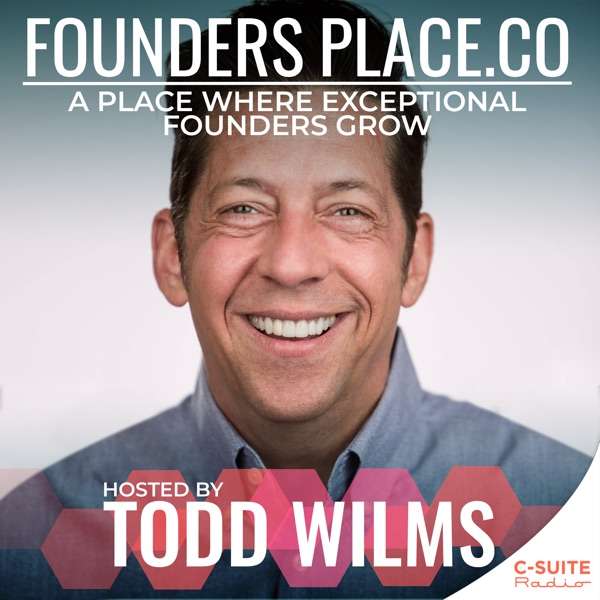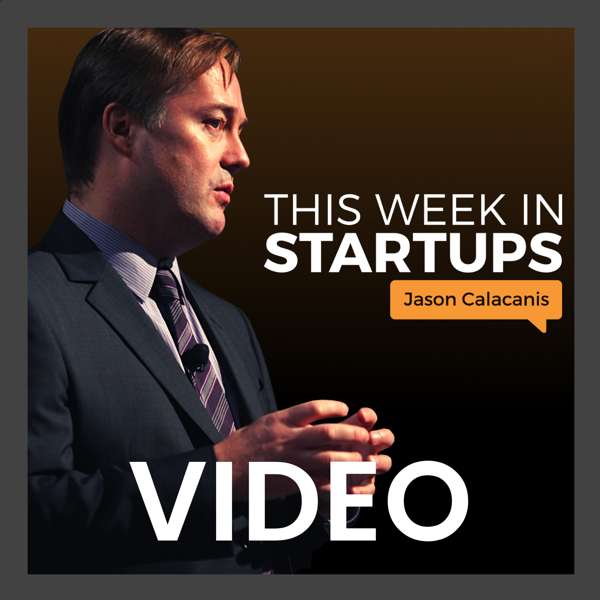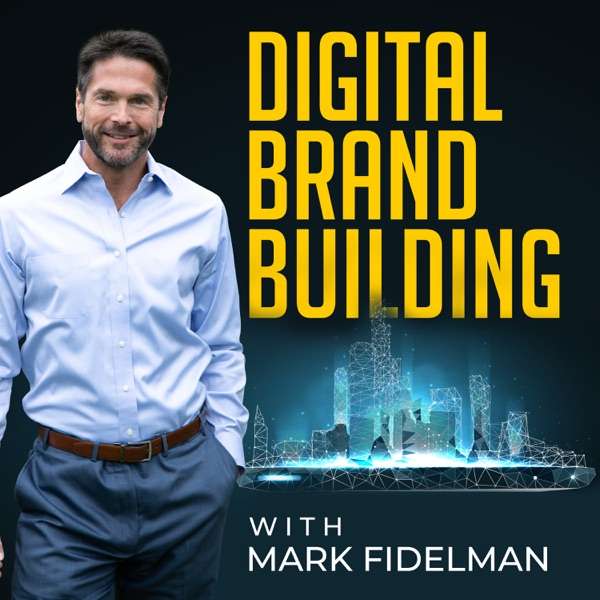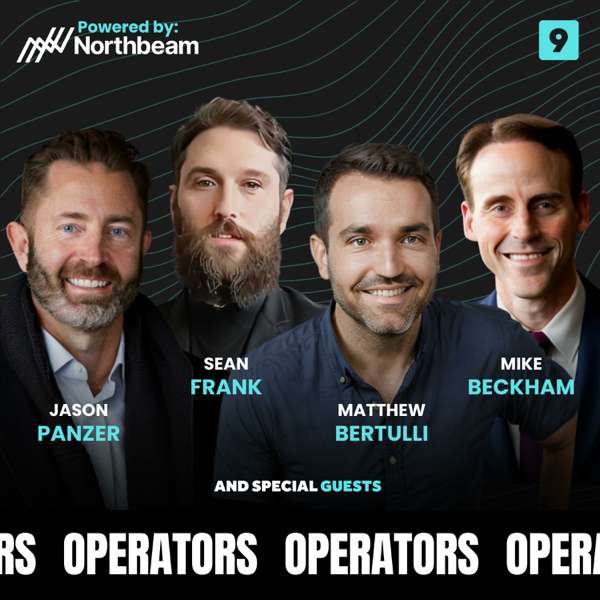In the future, we’ll all still need a place to live. But as rents continue to rise and the housing market changes, we might need to adjust our vision of home. Instead of living in a tiny, expensive apartment or funneling our savings into a down payment for a single-family home, we might choose to live together for the sake of space, money, and, above all else, community. This type of housing model, known as co-living, has existed throughout history, but new iterations of co-living are becoming real housing options for all different types of people across the globe. In this episode of Ideas, we’re going to explore different versions of co-living to understand why it might help solve some of the housing market’s greatest challenges.
We’ll start in London at The Collective: Old Oak, the world’s largest co-living complex, where young, mobile workforce is learning “how to have it all”—community, leisure, and an apartment in one of the world’s most expensive cities—by trading in personal space for communal luxuries. But, as history has shown, communal living isn’t just limited to one demographic. We’ll also travel to Portland, Oregon, for a tour of PDX Commons, a co-housing community for 55-year-olds and older, to see how some members of the Baby Boomer generation will participate in the housing market of the future and, simultaneously, combat some of the stigma attached to aging. Finally, we’ll make our last stop in Copenhagen, Denmark, where Almenr, a startup that matches co-living tenants with financial advisors, architects, and designers, is helping niche communities create the co-living spaces of their dreams. Along the way, we’ll hear from Richard Hill, the head of commercial real estate research a Morgan Stanley. He’ll explain some of the fundamental changes in the traditional housing market, the challenges within the current market, and why co-living might be a viable housing solution for all.
The host Ashley Milne-Tyte is a contractor of Pineapple Street Media. The guest speakers are neither employees nor affiliated with Morgan Stanley Smith Barney LLC. (“Morgan Stanley”). The views and opinions expressed herein do not necessarily reflect those of Morgan Stanley. The information and figures contained herein has been obtained from sources outside of Morgan Stanley and Morgan Stanley makes no representations or guarantees as to the accuracy or completeness of information or data from sources outside of Morgan Stanley. Morgan Stanley is not responsible for the information or data contained in this podcast.
This podcast does not provide individually tailored investment advice and is not a solicitation of any offer to buy or sell any security or other financial instrument or to participate in any trading strategy. It has been prepared without regard to the individual financial circumstances and objectives of persons who receive it.
© 2019 Morgan Stanley & Co. LLC and Morgan Stanley Smith Barney LLC. Members SIPC.

 Our TOPPODCAST Picks
Our TOPPODCAST Picks  Stay Connected
Stay Connected







